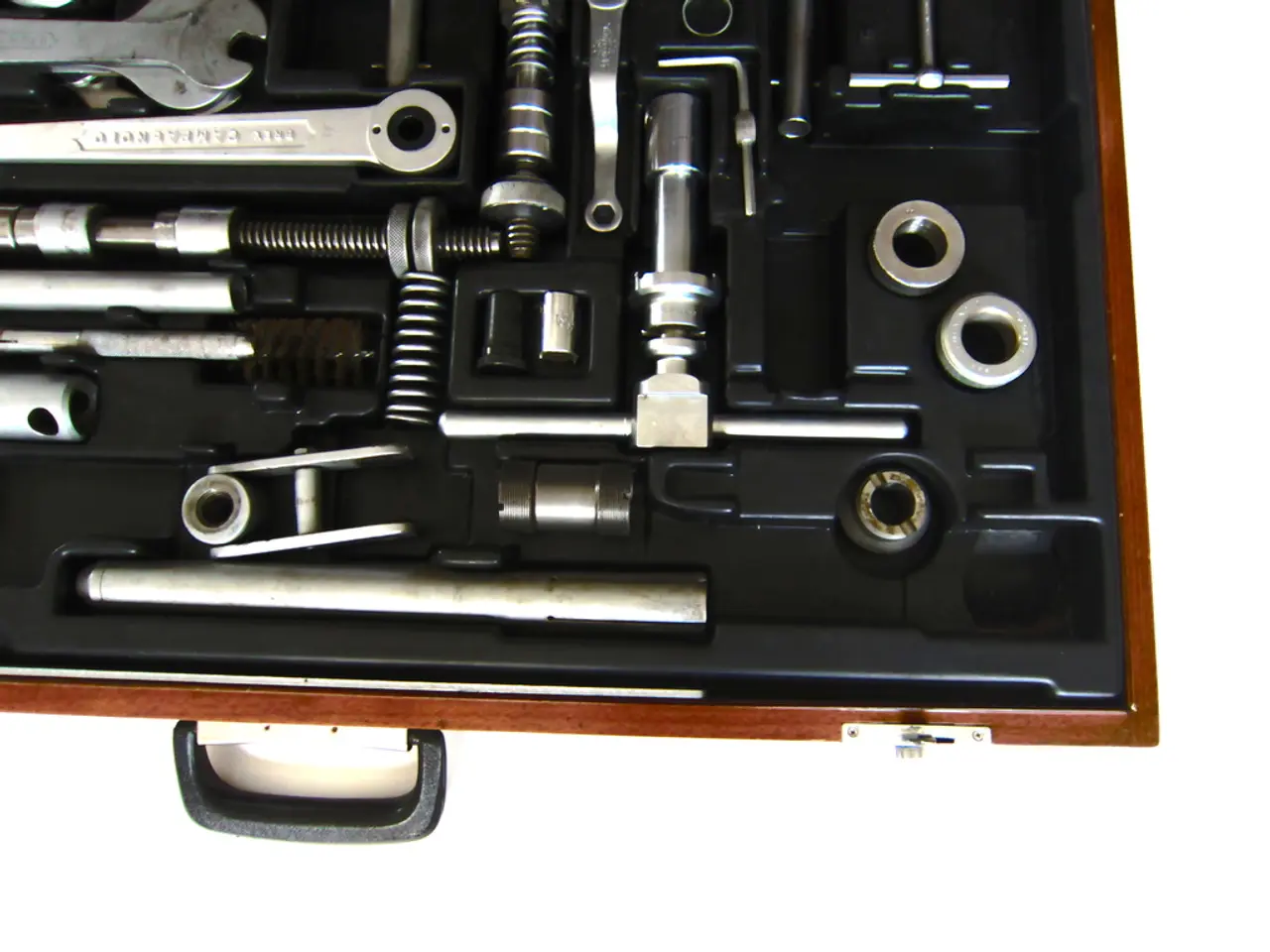Expanded Economies: Classes, Advantages, Strategies for Reaching Them
Economies of scale, a fundamental concept in business, refers to the cost savings that occur when a company increases its output. Conversely, the opposite condition is known as diseconomies of scale, where an increase in output results in an increase in average costs.
Economies of scale offer numerous benefits, including increased competitiveness, a platform for business growth, lower prices, product variety, higher wages, and improved affordability and real income for consumers. One key factor contributing to these benefits is the ability to purchase inputs such as raw materials in bulk, often resulting in discounts and a reduced cost per unit of output.
Moreover, economies of scope describe cost savings through the spread of resources and capabilities to produce two or more products. For instance, producing two products using the same machine is cheaper than using two machines to produce each product. This interplay between economies of scale and economies of scope can lead to significant cost savings and competitive advantage.
Economies of scale also provide a source of competitive advantage, enabling companies to offer products at a more competitive price than competitors. This advantage can stem from internal economies of scale, such as discounts for purchasing raw materials in bulk or spreading capital input costs over a large number of outputs, or external economies of scale, which come from outside the company.
External economies of scale, such as agglomeration (industries or factories clustering in specific areas) or tax relief (government-imposed tax breaks for the entire industry), can offer substantial cost savings. Industries that commonly benefit from external economies of scale include manufacturing, primary industries and their supporting sectors, agricultural production, retail chains, and logistics.
For example, in manufacturing industries like automotive and electronics, when many manufacturers locate near each other, they benefit from shared suppliers, specialized labor pools, and improved infrastructure. Similarly, raw material providers, equipment operators, transportation, and courier services benefit as they serve a growing concentration of primary industry firms in a region.
Large-scale farming benefits from shared technology, skilled labor, and machinery suppliers concentrated in one area, while retailers benefit from infrastructure and supply networks that develop as industry size and location concentration increase.
Technological advances have drastically changed the production process, making it more efficient and allowing for more production in less time. To optimize production facilities, a company can produce a mix of products, taking advantage of economies of scope. This focus on product variety, rather than just production volume, is a key aspect of economies of scope.
An example of economies of scope is a company producing both commercial cars and passenger cars using the same production facilities. If a company produces only passenger cars, it can reduce costs through economies of scale by producing more units. The reduction in average costs also comes from spreading the cost of non-production functions (such as finance and human resources) to more output.
Specialization and the division of labor contribute to lowering costs and achieving economies of scale by enabling the use of specialized equipment and automation to perform repetitive tasks. The turning point before average cost transitions to diseconomies of scale (Q*) is called the minimum efficient scale.
In conclusion, economies of scale and economies of scope play crucial roles in business growth and competitive advantage. By leveraging these concepts, companies can reduce costs, increase efficiency, and offer competitive prices to consumers.
Technology significantly enhances the production process, making it more efficient and enabling higher output in a shorter timeframe. This efficiency increase allows companies to take advantage of economies of scale and scope, particularly by producing a variety of products within the same facilities (an example of economies of scope).
In the manufacturing industry, such as automotive and electronics, technological advancements and the implementation of economies of scale and scope lead to lower costs, increased competitiveness, and various benefits, including product variety, improved infrastructure, and reduced prices for consumers.




